How to Choose the Right Roof Ventilation
Breathe Easier and Save Money
You’re busy. Homeowners like you want to focus on things that matter most. Online searches can take up precious time. And roof ventilation isn’t high on your priority list. What you don’t know can affect your family’s health as well as the health of your home, not to mention result in costly damages. That’s why we’re here. We know you want things fixed, fast and at a reasonable cost. We’ve Got You Covered! Read on to learn more.
What we’ll cover:
- What does roof ventilation provide you.
- What happens if you have improper or inadequate roof ventilation?
- Options for roof ventilation.
Stay Healthy and Save Money.
What roof ventilation provides you.
In a nutshell, roof ventilation allows your roof to “breathe.” Warm air rises and needs to escape out of your home. In a well-ventilated home, cool air would enter the attic near the eaves through vents and exit out of the highest peak of the roof. Ideally, the temperature inside of the roof would be the same temperature as the outside environment. It allows air to flow through the attic space, escaping through the roof vents. Properly installed roof ventilation prevents your roof from being overheated and also from condensation developing. It will also keep the temperature inside comfortable but will extend the life of your roofing materials.
Having proper roof ventilation will keep you and your family feeling comfortable and healthy year-round. The right roof vents make your house into a home, one where you will be happy to make memories for years to come. With air flowing up through the intake, through the attic space then out of the highest part of the roof, a smooth flow of air will not only
Consequences of improper roof ventilation
Increase of health issues and costly repairs.
Sneezing. Itchy eyes. Coughing. And it’s hard to breathe. This could be your living space filled with mildew and mold from moisture damage, an allergic person’s nightmare. These are some of the possible health risks from improper roof ventilation. For many homeowners, their home is their largest investment that should be a nest egg and not a money pit and long-term effects of improper ventilation can cause accumulation to rust metal such as nails and flashing to rust faster. Not to mention moisture under your shingles will cause them to rot faster. So, who wants to replace their entire roof?
Is your roof properly vented?
If your roof isn’t properly vented, you may start to see signs such as mold or mildew buildup. Another clue is if you have newer shingles that are already in disrepair. Extreme heat in the attic is also another sign. If the temperature of your living space is no longer comfortable despite your HVAC system, that’s a big indication. Lastly, pets, I mean pests. Unless you enjoy sharing your home with vermin and creepy crawlies the damage caused by improper ventilation can create holes for these unwelcome guests to move in and get comfortable. And no landlord will be able to make them pay rent.
Not all Roof Vents are the same
All roof vents will do the same thing right? Well, not exactly. Depending on your home, roofing material, climate, attic type and style of your choosing not all roof vents will be the best fit.
Passive and active ventilation
Passive ventilation allows air to be moved naturally by either wind or warmer air being pushed out. They’re quiet and have very low maintenance.
Active ventilation pulls outside air into the attic then pushes warm air out through exhaust vents making sure air is always moving through the roof system.
What are some options for Roof Vents?
Turbine Roof Vents or The Whirlybird draw hot air as it rises and moves it around your attic even when there’s no wind.
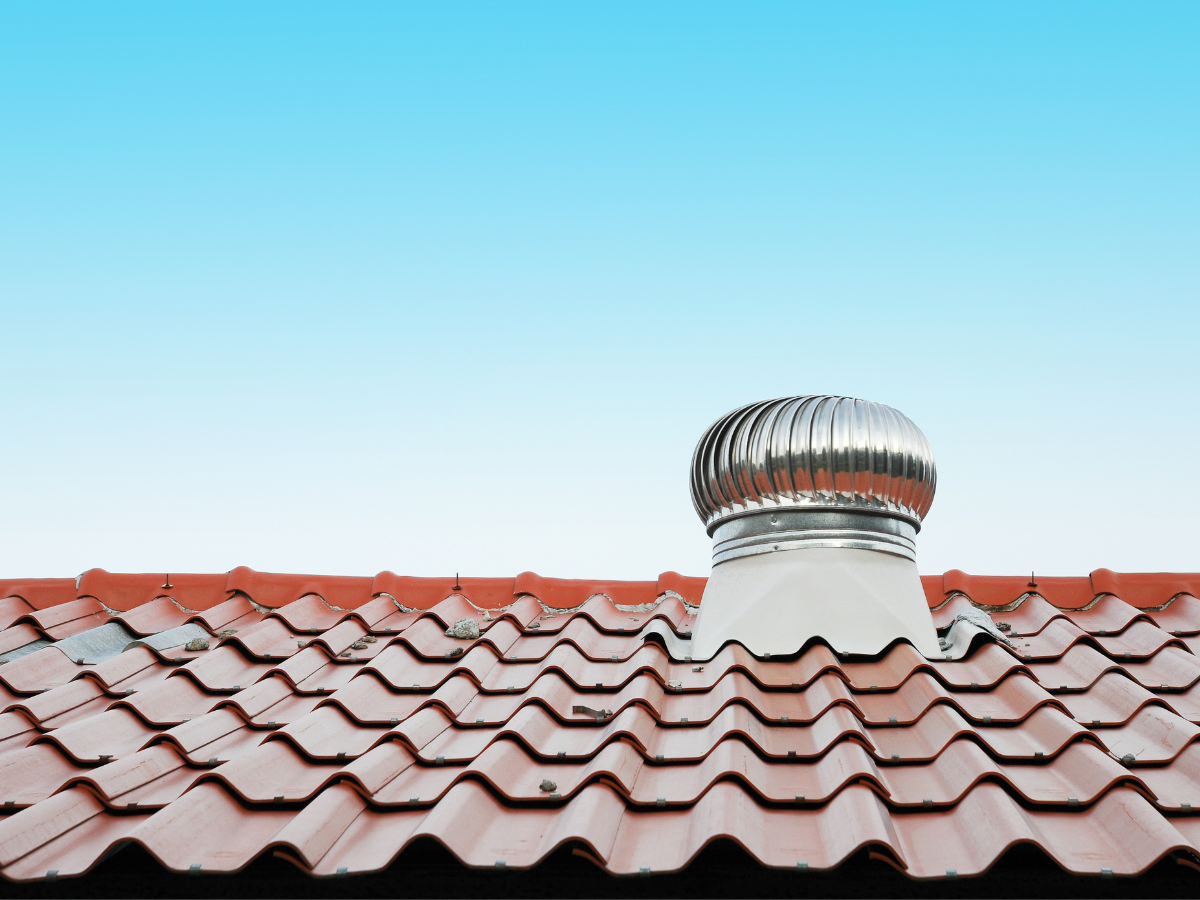
Power Vents use electricity to pull out warm air from an attic and are installed closer to the ridge of a roof.
Static Vents can be powered or solar powered allowing air to escape from the attic. They should be spaced evenly and close to the ridge roof.
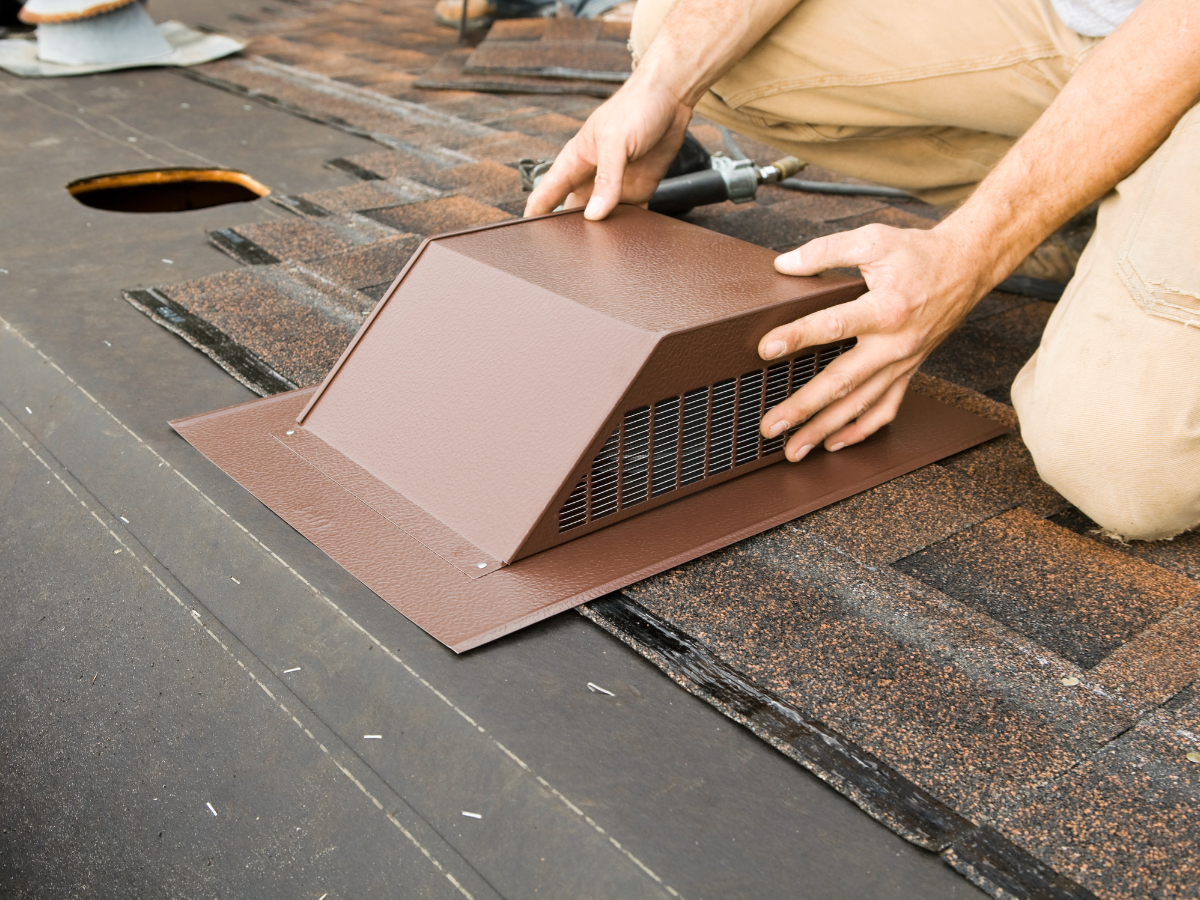
Intake Vents or soffit or eave intake vents keep your attic cool in the summer and dry in the winter.
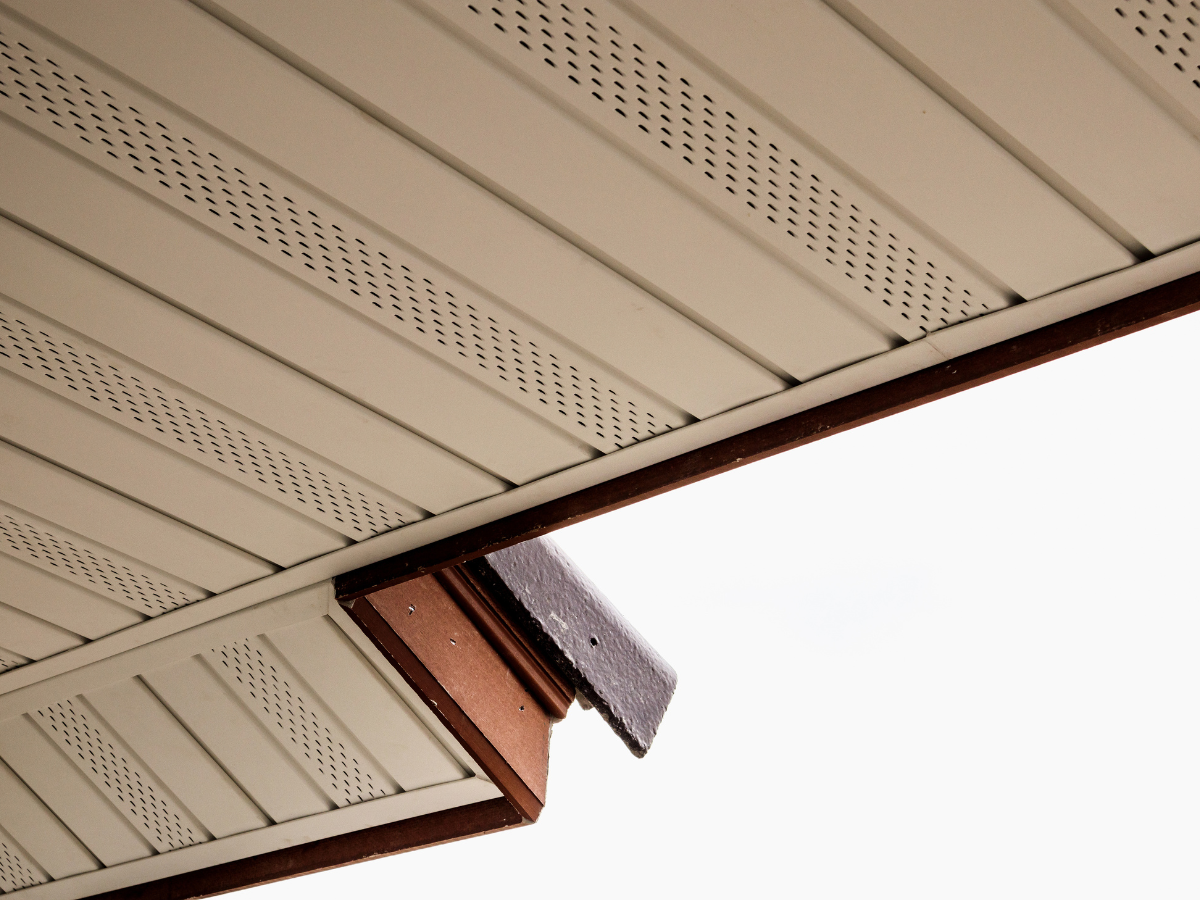
O’Hagen Flat show the uncovered vent. Great for composition shingle, slate and shake roof vent systems. It’s low profile and considered one of the best in the industry.
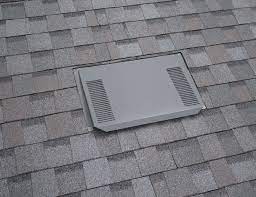
Dormer Vents have a unique look. They allow warm air to rise and exit out of the vents. There is a screen that prevents rodents and other small animals from entering your attic space.
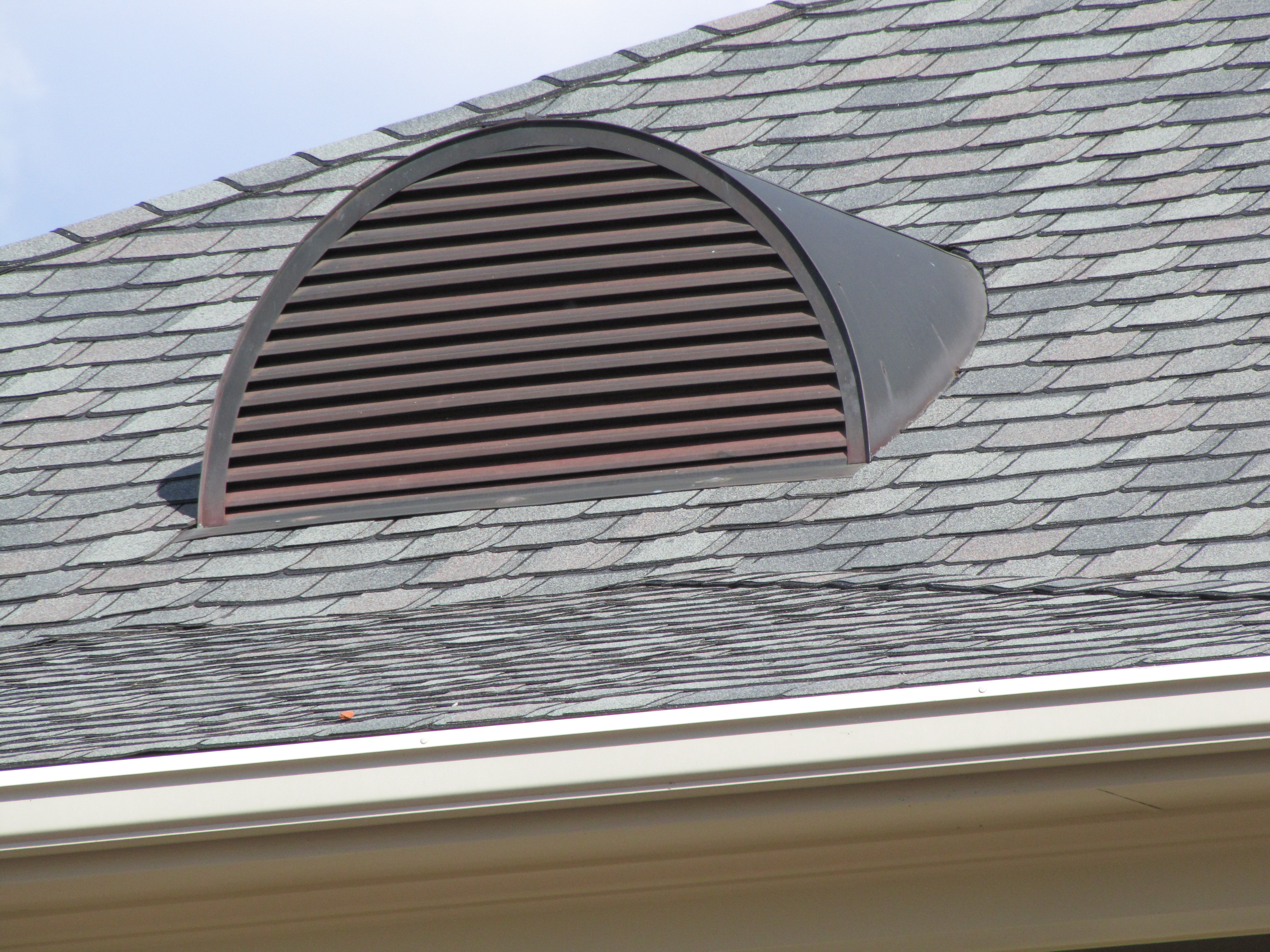
Ridge Vents sit at the ridge of a roof and run the entire length of the roof ridge.

Gable Vents are installed on opposite ends of the roof to allow for cross breeze but aren’t the best for environments without regular breezes.
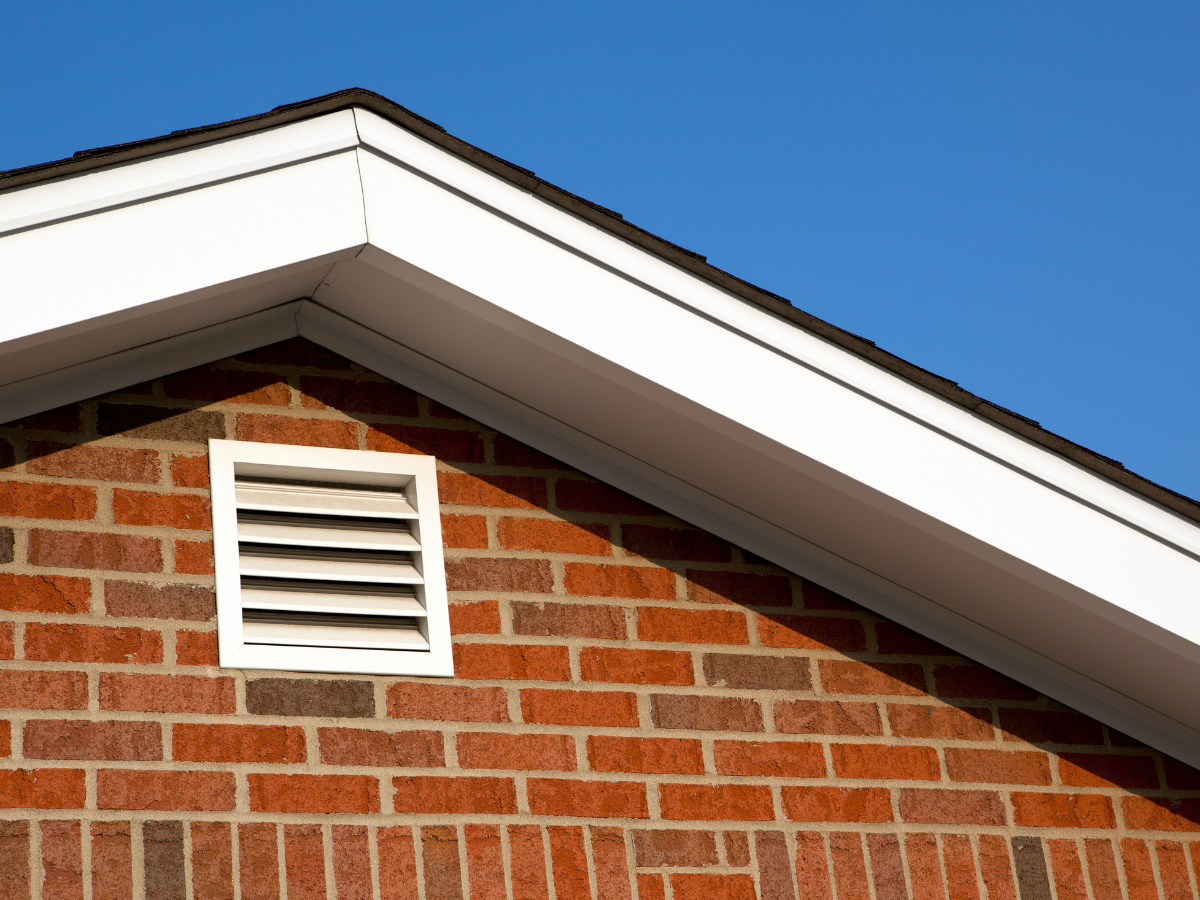
*La Rocque doesn’t provide all of these types of roof ventilation, but we thought it might be helpful for you in search of the right roof ventilation.
Most Popular Roof Vents At La Rocque Better Roofs
Here’s some words from Dennis Grant who’s been with La Rocque for over 40 years.
O’Hagen Flats are by far the most popular type of roof vent that La Rocque installs along with the ridge vent. They are low profile and sit flatter than most roof vents on your roof. This makes them popular with homeowners and are aesthetically pleasing. La Rocque installs O’Hagen Flat almost every day and are installed many times with ridge vents which are also popular. Ridge vents can’t be installed alone. They let hot air out. Dormer vents are less popular here due to how unsightly they are, but because they’re larger, ventilate air much better. The Whirlybird is more for commercial buildings and less for homeowners as they’re unsightly.
For more information about choosing the right roof ventilation for your roof, call us at (833) LBR-4YOU and make things easier for yourself.
Owens Corning’s blog has a great article about roof vents among many other articles.
